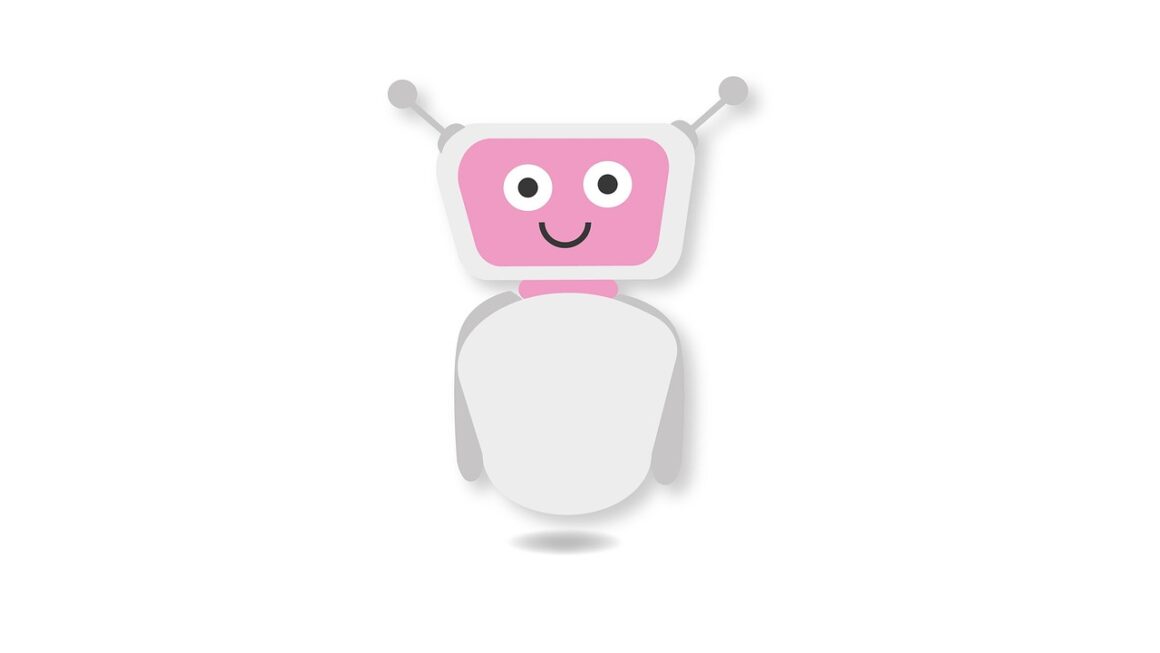Artificial intelligence (AI) is no longer a futuristic fantasy confined to the realms of science fiction. It’s a present-day reality transforming industries, reshaping how we live, and driving innovation at an unprecedented pace. From the algorithms powering your favorite streaming services to the sophisticated systems diagnosing medical conditions, AI is woven into the fabric of our modern world. This comprehensive guide explores the multifaceted landscape of artificial intelligence, delving into its core concepts, diverse applications, and potential impact on the future.
Understanding the Core Concepts of Artificial Intelligence
Artificial intelligence, at its heart, is the ability of a computer or a machine to mimic human intelligence. This encompasses a broad range of capabilities, including learning, problem-solving, decision-making, and perception. It’s not about creating sentient beings, but rather about building intelligent systems that can augment and enhance human capabilities.
Defining Artificial Intelligence
AI is a branch of computer science that focuses on creating intelligent agents, which are systems that can reason, learn, and act autonomously. These agents can be software programs, robots, or even embedded systems.
- AI aims to replicate cognitive functions such as:
Learning: Acquiring knowledge and skills from data.
Reasoning: Drawing inferences and solving problems.
Perception: Interpreting sensory input, like images and sounds.
Natural Language Processing (NLP): Understanding and generating human language.
Types of Artificial Intelligence
AI can be broadly categorized based on its capabilities and functionalities.
- Narrow or Weak AI: Designed for specific tasks. Examples include spam filters, recommendation systems, and voice assistants like Siri or Alexa. This is the most common type of AI today.
- General or Strong AI: Possesses human-level intelligence and can perform any intellectual task that a human being can. This type of AI is still largely theoretical.
- Super AI: Surpasses human intelligence in all aspects, including creativity, problem-solving, and general wisdom. This remains firmly in the realm of science fiction.
Key Technologies Driving AI
Several technological advancements have contributed to the rapid growth of AI.
- Machine Learning (ML): Algorithms that allow computers to learn from data without explicit programming.
- Deep Learning (DL): A subset of machine learning that utilizes artificial neural networks with multiple layers to analyze data and extract complex patterns.
- Natural Language Processing (NLP): Enables computers to understand, interpret, and generate human language.
- Computer Vision: Allows computers to “see” and interpret images, videos, and other visual data.
- Robotics: Integrates AI algorithms with physical robots to perform tasks in various environments.
Real-World Applications of Artificial Intelligence
AI is already transforming various industries, offering solutions to complex problems and enhancing efficiency.
AI in Healthcare
AI is revolutionizing healthcare by improving diagnostics, personalizing treatment plans, and streamlining administrative processes.
- Example: AI-powered image analysis can detect tumors in medical images (X-rays, MRIs) with greater accuracy and speed than human radiologists.
- Example: AI-driven drug discovery accelerates the identification of potential drug candidates and reduces development costs.
- Example: Personalized medicine uses AI to analyze patient data and tailor treatment plans based on individual genetic profiles and medical history.
AI in Finance
The financial industry is leveraging AI for fraud detection, risk management, and algorithmic trading.
- Example: AI algorithms can analyze vast amounts of financial data to detect fraudulent transactions in real-time.
- Example: AI-powered credit scoring models can assess credit risk more accurately than traditional methods.
- Example: Algorithmic trading utilizes AI to execute trades based on predefined rules and market conditions, optimizing returns and minimizing risk.
AI in Transportation
AI is paving the way for autonomous vehicles, optimized logistics, and enhanced traffic management.
- Example: Self-driving cars use computer vision, sensor data, and AI algorithms to navigate roads and avoid obstacles.
- Example: AI-powered logistics platforms optimize delivery routes, reduce fuel consumption, and improve efficiency.
- Example: Traffic management systems use AI to analyze traffic patterns, predict congestion, and optimize traffic flow.
AI in Retail
AI is transforming the retail experience through personalized recommendations, optimized inventory management, and enhanced customer service.
- Example: Recommendation systems suggest products to customers based on their browsing history, purchase patterns, and preferences.
- Example: AI-powered inventory management systems optimize stock levels, reduce waste, and improve supply chain efficiency.
- Example: Chatbots provide instant customer support, answer questions, and resolve issues.
The Benefits and Challenges of Artificial Intelligence
While AI offers numerous benefits, it also presents significant challenges that need to be addressed.
Benefits of AI
- Increased Efficiency: Automate tasks and processes, freeing up human workers for more creative and strategic activities.
- Improved Accuracy: Reduce errors and improve the quality of decisions.
- Enhanced Productivity: Increase output and efficiency across various industries.
- Data-Driven Insights: Analyze vast amounts of data to identify trends and patterns that would be impossible for humans to detect.
- Personalized Experiences: Tailor products and services to individual needs and preferences.
Challenges of AI
- Job Displacement: Automation may lead to job losses in certain industries.
- Ethical Concerns: Bias in algorithms can lead to unfair or discriminatory outcomes.
- Data Privacy: AI systems require vast amounts of data, raising concerns about privacy and security.
- Explainability: Some AI models, particularly deep learning models, are difficult to understand and interpret.
- Security Risks: AI systems can be vulnerable to attacks, leading to data breaches and other security incidents.
The Future of Artificial Intelligence
AI is rapidly evolving, and its future impact on society is likely to be profound.
Emerging Trends in AI
- Generative AI: AI models that can create new content, such as images, text, and music. Examples include DALL-E 2 and GPT-3.
- Explainable AI (XAI): AI models that provide insights into their decision-making processes, making them more transparent and trustworthy.
- Edge AI: AI processing that takes place on local devices rather than in the cloud, reducing latency and improving privacy.
- AI-Powered Cybersecurity: Using AI to detect and prevent cyberattacks.
- Quantum Computing and AI: Combining quantum computing with AI to solve complex problems that are beyond the capabilities of classical computers.
The Impact of AI on Society
AI is expected to transform various aspects of society, including:
- Education: Personalized learning, automated grading, and intelligent tutoring systems.
- Work: Automation of routine tasks, augmentation of human capabilities, and the creation of new job roles.
- Entertainment: Personalized recommendations, AI-generated content, and immersive experiences.
- Government: Improved public services, enhanced security, and data-driven policymaking.
Considerations for the Future of AI
- Ethical Guidelines: Developing ethical guidelines for the development and deployment of AI to ensure fairness, transparency, and accountability.
- Regulations: Establishing regulations to address the potential risks associated with AI, such as job displacement and data privacy.
- Education and Training: Investing in education and training programs to prepare the workforce for the changing job market.
- Collaboration: Fostering collaboration between researchers, policymakers, and industry leaders to address the challenges and opportunities presented by AI.
Conclusion
Artificial intelligence is a powerful technology with the potential to transform society in profound ways. Understanding its core concepts, diverse applications, and potential challenges is crucial for navigating the future. By embracing the opportunities that AI offers while addressing the ethical and societal implications, we can harness its power to create a better world. As AI continues to evolve, ongoing learning and adaptation will be essential for individuals and organizations alike. The key takeaway is that AI is not a distant threat, but a present-day tool that, when used responsibly, can unlock unprecedented levels of innovation and progress.




